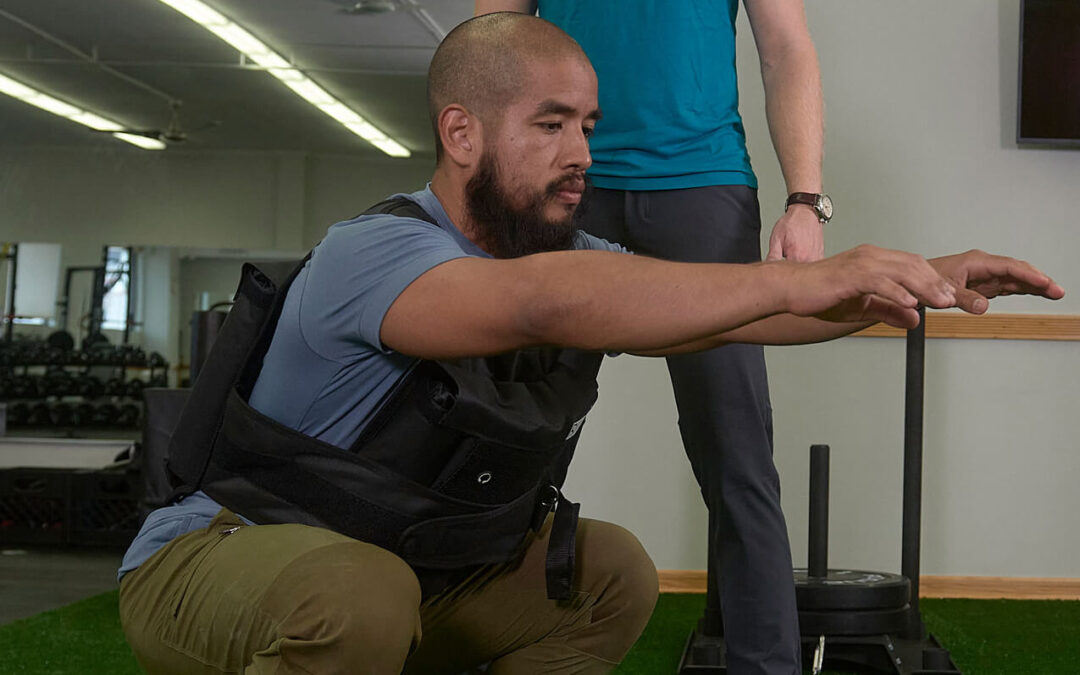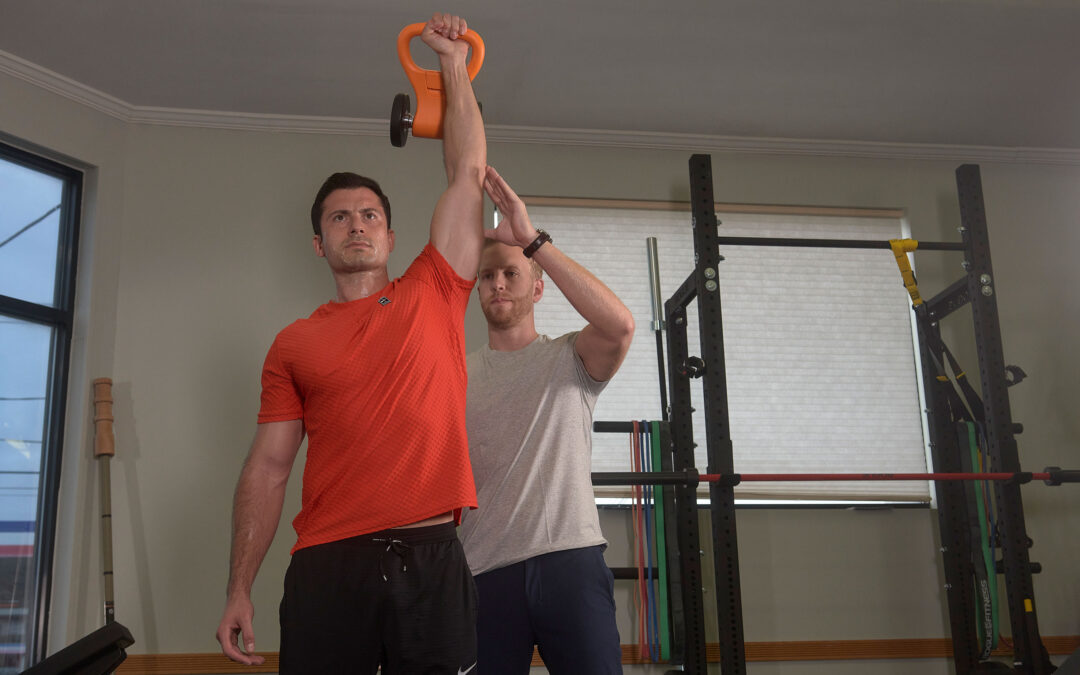Obviously, everyone has seen the story of the UHC CEO who was murdered last week. Many people have been quick to praise it, and although I understand the sentiment for taking down a powerful, greedy, corrupt individual, the guy was still murdered and left a family behind, so I can’t really support it. But often times it takes a terrible event to spark some of the most important debates. So I thought maybe it was time to open up the discussion and do my part to illuminate some of the greed that truly is happening in the insurance industry from a healthcare provider’s perspective. Here are three key points:
First of all, last year, Insurances from the big 7 that control almost all of the healthcare space, made a combined revenue of 1.4 trillion dollars. More than 70 billion in profit. It just shows the scale at which we are currently paying middle men for healthcare coverage. You, the patients, aren’t receiving good enough care. And us, as provider’s aren’t getting paid what we are worth. So as a nation, we are flushing away more than 70 Billion annually to middle men and STILL paying Trillions out of pocket for copays and non covered services. It’s a lose lose for healthcare.
Second, I want to spend a couple of minutes trying to briefly explain how, at the most basic level, providers like me who are cash based or out of network are forced to choose between quality care or participation with the major insurance companies. I charge $150-$200 for a one hour session. As someone who graduated with a doctorate degree, who has a wealth of knowledge in the rehab and fitness spaces, I’m charging similar rates as a decent personal trainer in my area for an hour of work. In order to participate with health insurance companies and allow patients to see me through their insurance, I am forced to accept one third or half of that payment. For reference, a few years ago when I was taking insurance, UHC paid me $68 for a visit. That’s less than my barber makes in an hour. So, to run a business where I can pay employees, pay a front desk, pay rent, pay overhead…I now need to see 3 clients per hour instead of 1. So, in a nutshell, insurance companies have handcuffed physical therapists, doctors, dentists, chiropractors…everyone in healthcare that can accept insurance…into deciding do I take insurance and average 20 minutes with a patient or try my best to do quality work and see people for an hour and give them the time they deserve and the best my expertise has to offer? Since I’ve worked at many in network companies, you are not getting good care in 20 minutes no matter how good the PT is. And for most orthopedics it’s about 5 minutes. You need time to explain things. You need time to talk about your pain, what you’re feeling, where you’re feeling it. To talk about progressions or regressions. To demonstrate proper technique and determine the appropriate intensities. To talk through what you’re doing at home. You cannot get quality results trying to cram that into 20 minutes, doing a few exercises with an exercise “professional” and then hopping on a stim machine for 15 minutes.
The third thing I wanted to share is regarding denials. These same insurance companies taking ridiculous premiums every year will STILL deny your claims for service. In response to the UHC CEO death, it put out a statement that they were guarding against the evils of “unnecessary care”. Meaning they are purposefully trying to decide whether or not you actually need help. Not you. Not a doctor. Not a therapist. But the insurance company gets to decide whether you get care or not. So even if a doctor tells you that you need rehab for 6 months or 9 months of PT following an ACL repair to get back to sport, they have the ability to say no. And that actually happened to a Division 1 volleyball player that I worked with a few years back. He had a bad injury, tore every ligament in his knee and had major surgery. The rehab protocol was 9 months minimum and they cut him off after 6 weeks because he was functional enough to walk and that was their criteria for services. They weren’t there to cover anything more than returning you to a “functional state”.
My hope is just to continue to educate and empower people to stick up for their rights for better healthcare coverage and to show that the providers like me aren’t charging cash rates in order to rip you off. We know we are worth as much as a decent personal trainer, and we got into this business to provide better quality and truly help people. We can’t do that seeing 20-30 patients a day for 15-20 minutes each. You deserve better and so do we.




